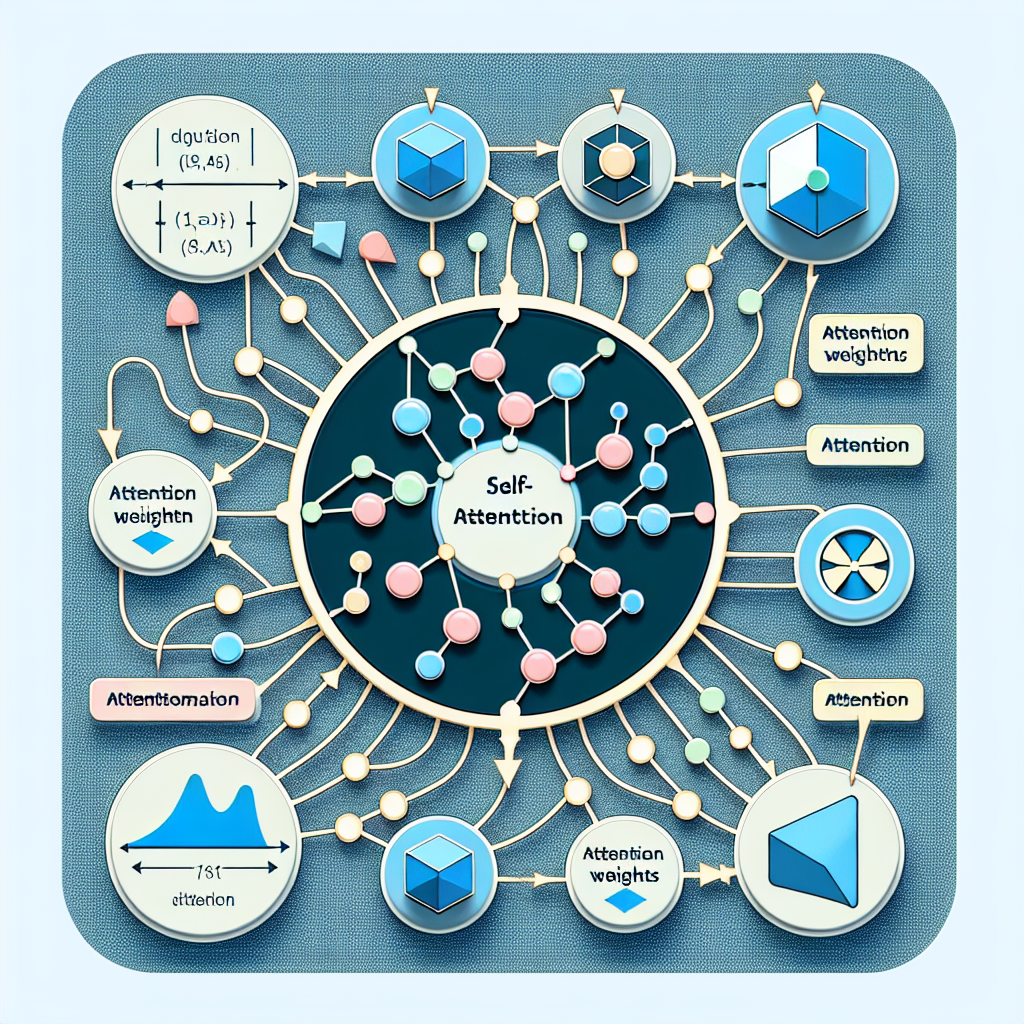Type 1 and Type 2 Error
In hypothesis testing, decision-making involves uncertainties, which means the risk of errors is unavoidable. These errors are classified as Type I (false positives) and Type II (false negatives).
- Type I Error: Occurs when a null hypothesis that is actually true is incorrectly rejected. The probability of this happening is denoted by alpha (α), which represents the significance level of a test.
- Type II Error: Occurs when a false null hypothesis is not rejected. The likelihood of this mistake is represented by beta (β).
Proper study design and statistical planning help minimize these risks, but they cannot be completely eliminated.
Example: False Positives vs. False Negatives in COVID-19 Testing
Imagine you decide to take a COVID-19 test due to mild symptoms. The test could result in two types of errors:
- Type I Error (False Positive): The test incorrectly indicates that you have COVID-19 when you do not.
- Type II Error (False Negative): The test fails to detect COVID-19 even though you are actually infected.
Table of Contents
- Errors in Statistical Decision-Making
- Type I Error
- Type II Error
- Trade-off Between Type I and Type II Errors
- Applications
- Significance
- Implementing Hypothesis Testing in Python
- Conclusion
Errors in Statistical Decision-Making
Hypothesis testing is a statistical method used to determine whether data support or contradict a research hypothesis. This process involves two hypotheses:
- Null Hypothesis (H₀): Assumes no difference between groups or no relationship between variables.
- Alternative Hypothesis (H₁ or Ha): Suggests that a difference exists or that there is an actual relationship between variables.
A decision is made based on the probability of obtaining the observed data under the assumption that the null hypothesis is true. However, since these conclusions are based on probabilities, errors may occur.
- If the test results indicate statistical significance, meaning the observed outcome is unlikely under the null hypothesis, the null is rejected. However, in some cases, this could be a Type I error.
- If the test results are not statistically significant, meaning the observed outcome is likely under the null hypothesis, the null is not rejected. In some cases, this could lead to a Type II error.
Example: Type I vs. Type II Errors in Drug Testing
- A Type I error occurs when a study incorrectly concludes that a drug treatment is effective, even though the observed improvements might be due to random chance or measurement errors.
- A Type II error occurs when the study fails to detect the drug’s actual effectiveness, possibly because key indicators were overlooked or improvements were attributed to other factors.
Type I Error: Understanding False Positives in Hypothesis Testing
A Type I error occurs when the null hypothesis is mistakenly rejected despite being true. In simple terms, this means concluding that a result is statistically significant when it actually happened due to random chance or unrelated factors.
The likelihood of making this mistake is determined by the significance level (alpha or α), which is a threshold set before conducting a study. This value represents the probability of obtaining the observed results under the assumption that the null hypothesis holds.
Significance Level and p-Value
- The significance level (α) is typically set at 0.05 (5%), meaning that there is a 5% chance (or less) of obtaining the observed results if the null hypothesis is true.
- The p-value is then compared against this threshold:
- If p < α, the results are considered statistically significant, supporting the alternative hypothesis.
- If p > α, the results are not statistically significant, meaning there is not enough evidence to reject the null hypothesis.
Lowering the significance level (e.g., from 0.05 to 0.01) can reduce the probability of a Type I error, but this comes at the cost of increasing the likelihood of a Type II error.
Type I Error Rate and Critical Region
The null hypothesis distribution curve helps visualize the probability of obtaining various outcomes when the null hypothesis is true.
- The critical region is the shaded area at the tail end of this curve, representing alpha (α).
- If a test result falls within this critical region, the null hypothesis is rejected, and the result is considered statistically significant.
- However, if the null hypothesis is actually true, this conclusion is incorrect—resulting in a false positive (Type I error).

Type II Error: Understanding False Negatives in Hypothesis Testing
A Type II error occurs when the null hypothesis is not rejected even though it is actually false. This does not mean the null hypothesis is "accepted," as hypothesis testing only determines whether there is enough evidence to reject it. Instead, a Type II error means failing to detect a real effect when one actually exists.
In many cases, this error happens because the study lacks sufficient statistical power to identify an effect of a certain magnitude. Statistical power refers to a test’s ability to correctly detect a true effect when it is present. Generally, a power level of 80% or higher is considered acceptable.
Statistical Power and Type II Errors
The probability of making a Type II error (β) is inversely related to statistical power—as power increases, the likelihood of a Type II error decreases. Several factors influence statistical power:
- Effect Size: Larger effects are easier to detect, increasing power.
- Measurement Error: Errors in data collection can reduce power.
- Sample Size: Larger samples decrease sampling variability and improve power.
- Significance Level (α): Raising the significance level slightly can increase power, though it also raises the risk of a Type I error.
Minimizing Type II Errors
To indirectly reduce the risk of a Type II error, researchers can:
- Increase the sample size to enhance the precision of estimates.
- Adjust the significance level, though this must be done carefully to balance Type I and Type II error risks.
- Improve measurement accuracy to reduce systematic and random errors.
Type II Error Rate and Power Representation
The alternative hypothesis distribution curve illustrates the probability of obtaining different results if the alternative hypothesis is true.
- The Type II error rate (β) is represented by the shaded area on the left side of this curve.
- The remaining area under the curve represents statistical power (1 - β).

Balancing Type I and Type II Errors
There is a fundamental trade-off between Type I and Type II errors because the rates of these errors are interconnected. The significance level (α), which determines the likelihood of a Type I error, also impacts statistical power, which is inversely related to the probability of a Type II error (β).
Key Trade-offs Between Type I and Type II Errors
- Lowering the significance level (α) reduces the chance of making a Type I error but increases the probability of a Type II error.
- Increasing statistical power lowers the risk of a Type II error but raises the likelihood of a Type I error.
Visualizing the Trade-off
A graph of hypothesis testing typically displays two curves:
- The null hypothesis distribution represents all possible outcomes when the null hypothesis is true. A correct decision in this scenario means failing to reject the null hypothesis.
- The alternative hypothesis distribution represents all possible outcomes when the alternative hypothesis is true. A correct decision here means rejecting the null hypothesis.
Type I and Type II errors occur in the overlapping region of these two distributions:
- The blue-shaded area (α) represents the probability of a Type I error—rejecting a true null hypothesis.
- The green-shaded area (β) represents the probability of a Type II error—failing to reject a false null hypothesis.
Since adjusting the Type I error rate (α) affects Type II error rate (β) and vice versa, researchers must carefully balance these risks to optimize the reliability of their statistical conclusions.

Applications of Type I and Type II Errors
Type I and Type II errors are fundamental in hypothesis testing and play a crucial role across multiple industries. Below are some key areas where these errors have significant implications:
1. Medical Diagnostics
- Type I Error (False Positive): A medical test incorrectly indicates a disease is present in a healthy patient. This could lead to unnecessary treatments or psychological distress.
- Type II Error (False Negative): The test fails to detect an existing condition, leading to missed treatment opportunities and potential health risks.
2. Quality Control in Manufacturing
- Type I Error: Rejecting a batch of products that actually meet quality standards, resulting in unnecessary waste and increased costs.
- Type II Error: Accepting defective products, which could lead to customer dissatisfaction, safety hazards, or regulatory issues.
3. Legal System
- Type I Error: Wrongfully convicting an innocent person due to misleading evidence (false positive).
- Type II Error: Allowing a guilty individual to go free because of insufficient evidence (false negative).
In all these scenarios, striking a balance between the two errors is essential to ensuring accuracy, fairness, and reliability in decision-making.
Importance of Type I and Type II Errors
These errors have a significant impact on statistical hypothesis testing, influencing the validity of conclusions drawn from data analysis. Below are key reasons why they matter:
1. Trade-off Between Errors
- Reducing one type of error often increases the likelihood of the other. For example, lowering the probability of a Type I error (false positive) may heighten the risk of a Type II error (false negative). Decisions must be made based on the relative importance of minimizing each error in a given context.
2. Managing Risk in Critical Fields
- In industries such as medicine, law, and manufacturing, both errors must be carefully managed to reduce potential harm. For instance, in clinical trials, avoiding a Type I error ensures that ineffective treatments are not approved, while minimizing a Type II error helps prevent discarding beneficial therapies.
3. Role of Significance Level and Statistical Power
- The significance level (α) determines the likelihood of making a Type I error.
- The statistical power (1 - β) represents the probability of detecting a true effect, reducing Type II errors.
- Properly adjusting these values ensures a balanced and reliable hypothesis-testing process.
4. Financial and Practical Costs
- Type I errors can result in wasted resources, unnecessary recalls, or unneeded medical interventions.
- Type II errors may lead to overlooking crucial issues, such as allowing faulty products to be sold or missing a serious medical diagnosis.
Implementation in Python
import numpy as np
import scipy.stats as stats
import matplotlib.pyplot as plt
# Set parameters for the population
population_mean = 100
sample_size = 30
alpha = 0.05 # Significance level (threshold for Type 1 error)
# Generate two datasets
# 1. Null hypothesis (H0 is true): Sample data from a population with the mean 100
np.random.seed(0)
null_data = np.random.normal(population_mean, 10, sample_size)
# 2. Alternative hypothesis (H1 is true): Sample data from a population with a different mean (e.g., 105)
alternative_data = np.random.normal(105, 10, sample_size)
# Perform a t-test for both datasets
t_stat_null, p_value_null = stats.ttest_1samp(null_data, population_mean)
t_stat_alt, p_value_alt = stats.ttest_1samp(alternative_data, population_mean)
# Output p-values and decision
print("For Null Hypothesis (H0 is true):")
print(f"T-statistic: {t_stat_null}, P-value: {p_value_null}")
if p_value_null < alpha:
print("Decision: Reject the null hypothesis (Type 1 error if H0 is true)\n")
else:
print("Decision: Fail to reject the null hypothesis\n")
print("For Alternative Hypothesis (H1 is true):")
print(f"T-statistic: {t_stat_alt}, P-value: {p_value_alt}")
if p_value_alt < alpha:
print("Decision: Reject the null hypothesis (Correct decision)\n")
else:
print("Decision: Fail to reject the null hypothesis (Type 2 error if H1 is true)\n")
For Null Hypothesis (H0 is true):
T-statistic: 2.2044551627605693, P-value: 0.035580270712695275
Decision: Reject the null hypothesis (Type 1 error if H0 is true)
For Alternative Hypothesis (H1 is true):
T-statistic: 1.260979778947245, P-value: 0.21736669382400442
Decision: Fail to reject the null hypothesis (Type 2 error if H1 is true)
Conclusion
A clear understanding of Type I and Type II errors is crucial for conducting accurate and dependable hypothesis testing. Below are the key insights:
- Significance in Decision-Making
- Type I and Type II errors play a pivotal role in any data-driven decision-making process. They help quantify the risk of drawing incorrect conclusions, which is especially important in fields such as healthcare, quality assurance, and the legal system. Recognizing these errors enhances the accuracy of decisions.
- Managing Errors for Better Outcomes
- While both errors are unavoidable, their impact can be minimized by carefully adjusting factors such as significance level (α), sample size, and statistical power. Striking the right balance is essential to optimizing the reliability of results based on the specific study context.
- Broad Applications Across Industries
- The implications of Type I and Type II errors extend across various disciplines. Managing these errors effectively helps mitigate the risks of false positives and false negatives, leading to more trustworthy conclusions.
Final Thoughts
Effectively controlling Type I and Type II errors is key to making sound statistical inferences. By understanding their implications in different scenarios, researchers and professionals can make more informed, reliable, and valid decisions.
Featured Blogs

BCG Digital Acceleration Index

Bain’s Elements of Value Framework

McKinsey Growth Pyramid

McKinsey Digital Flywheel

McKinsey 9-Box Talent Matrix

McKinsey 7S Framework

The Psychology of Persuasion in Marketing

The Influence of Colors on Branding and Marketing Psychology

What is Marketing?
Recent Blogs

Part 8: From Blocks to Brilliance – How Transformers Became Large Language Models (LLMs) of the series - From Sequences to Sentience: Building Blocks of the Transformer Revolution

Part 7: The Power of Now – Parallel Processing in Transformers of the series - From Sequences to Sentience: Building Blocks of the Transformer Revolution

Part 6: The Eyes of the Model – Self-Attention of the series - From Sequences to Sentience: Building Blocks of the Transformer Revolution

Part 5: The Generator – Transformer Decoders of the series - From Sequences to Sentience: Building Blocks of the Transformer Revolution

Part 4: The Comprehender – Transformer Encoders of the series - From Sequences to Sentience: Building Blocks of the Transformer Revolution of the series - From Sequences to Sentience: Building Blocks of the Transformer Revolution


